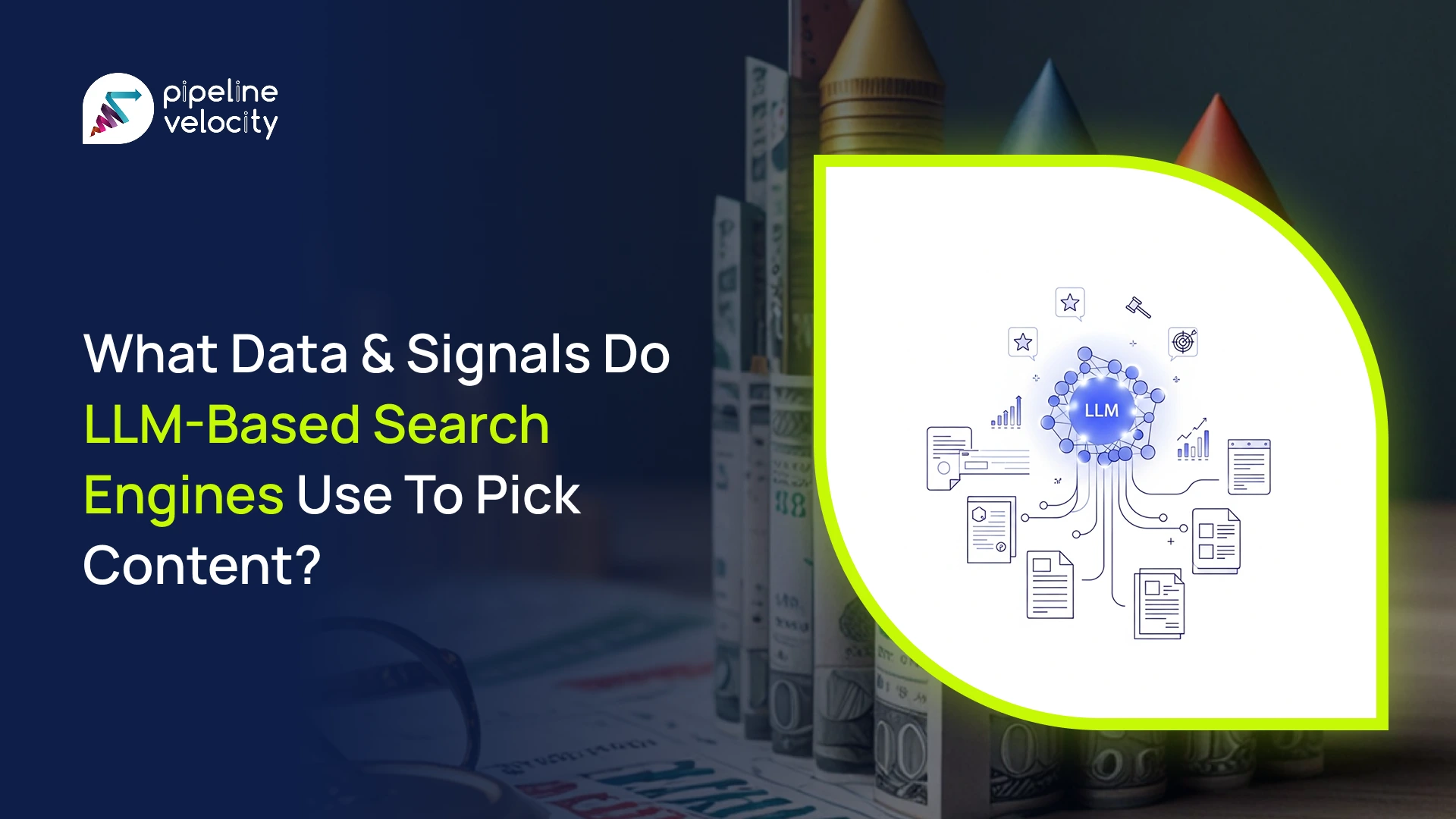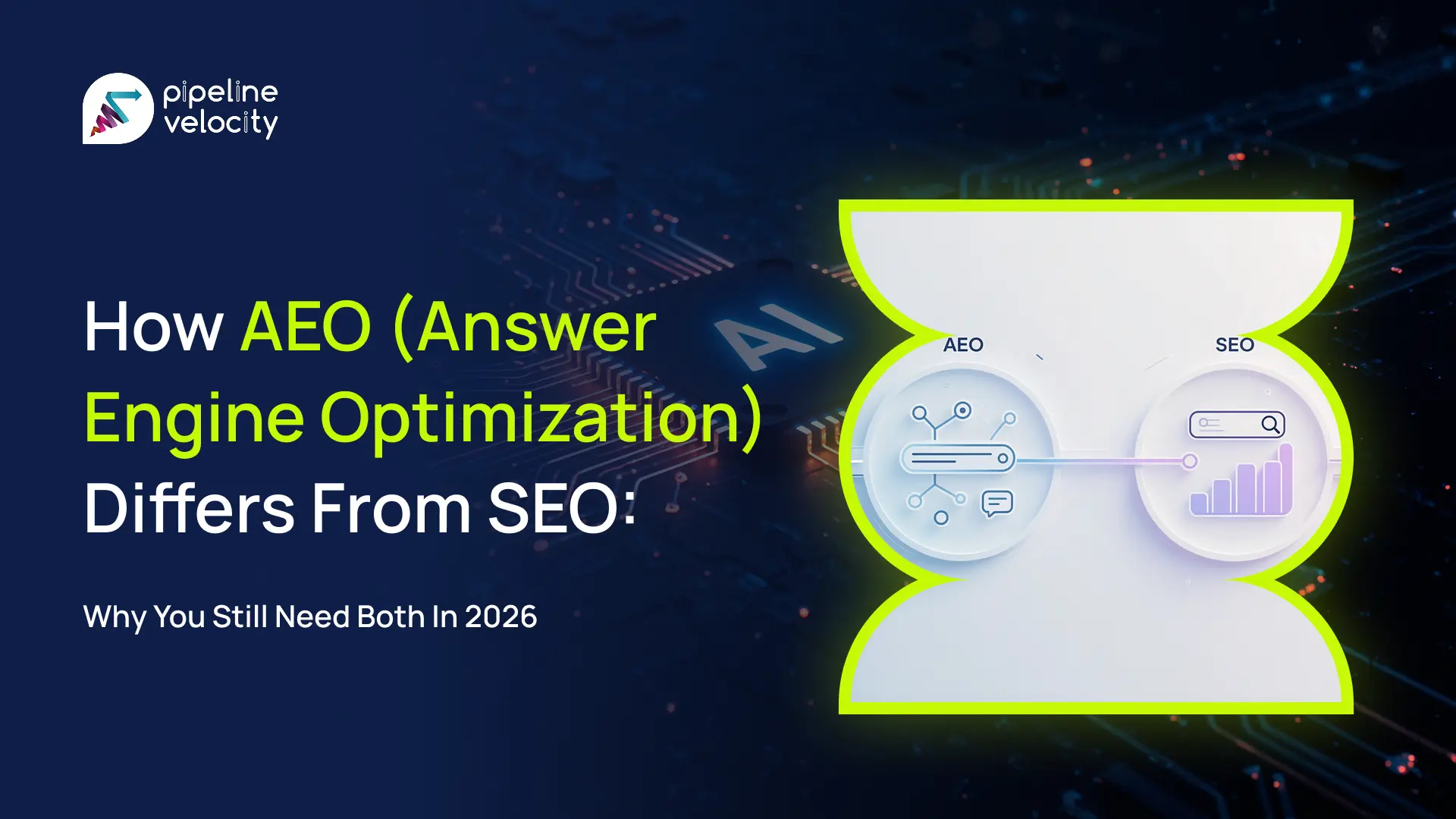What is Pipeline Velocity?
Answer: Pipeline velocity is a metric that measures how fast your sales team is moving opportunities through the pipeline. The higher the velocity, the more opportunities your team can close.
Pipeline velocity is the speed at which leads move through the sales pipeline. The fewer barriers there are in your sales pipeline, the faster your leads will convert. Pipeline velocity measures how long it takes a business to move a customer through the sales funnel. Measuring your pipeline velocity can help with sales forecasting.
TL: DR
- Pipeline Velocity helps you to have a better understanding of the sales deals in the pipeline.
- It simply refers to the speed of leads/opportunities moving through your pipeline. The faster, the better!
- At a higher Pipeline Velocity, Conversions are better, Revenue goals are met and exceeded.
- Enable you to do better sales forecasting across your sales team and individual reps.
Why is it important to track pipeline velocity?
Answer: There are many reasons why companies need to track sales pipeline velocity. For one, it gives them an understanding of what’s working and not working in their sales process. This information can then be used to alter your sales processes and strategies and measure metrics that matter to your business. Additionally, tracking velocity provides a way to understand how well your sales process is running so you can make changes as needed.
Velocity metrics are important because they help identify, track, and optimize the effectiveness of your sales process. By keeping track of these numbers, you can make sure that your team is meeting its goals and that the pipeline is healthy.
You are encouraged to optimize your pipeline velocity rate so it’s efficient and cohesive for your sales team. When everyone understands where the company stands in terms of velocity, it allows for better communication and motivation within the sales team.
How can pipeline velocity help your sales teams?
Answer: Pipeline velocity is a measure of how quickly your sales team is moving potential customers through the pipeline. It can help sales teams identify bottlenecks and areas of improvement so that they can focus on closing more deals more quickly.
Pipeline velocity is a metric that can be used to help sales teams measure the health of their pipeline and how quickly deals are moving through each stage. Pipeline velocity can also be used to set realistic quotas and goals for a sales team.
A high pipeline velocity means that deals are moving through the pipeline at a fast pace. This is often an indication that the sales team is doing a good job of educating prospects and closing deals. On the other hand, a low pipeline velocity may indicate that there are too many deals in the late stages of the pipeline or that prospects are not interested in the product or service.
SaaS applications are making products more complex, which is leading to longer sales cycles. To shorten sales cyclessales teams need to providede relevant information promptly and not just rely on their products or services. The use of automation tools helps sales velocity by allowing them to accomplish tasks that traditionally would have required help from other teams. Additionally, content created by marketing and product teams can be beneficial to different parts of the sales cycle. A blog post about industry trends is great for educating a prospect early in the sales cycle, while an in-depth product handbook benefits prospects later in the sales cycle.
The keys to unlocking a measurable sales pipeline
To increase the probability of winning more deals while cutting down on cycle time, it’s important to have a measurable sales pipeline. The first step is understanding and identifying what constitutes a warm lead.
Generally, a warm lead is someone who has already been engaged with your brand or products and expressed some level of interest. They may have downloaded one of your white papers or visited your website but haven’t yet become a customer. Leads that are not engaged are those that you’ve reached out to but they haven’t responded or shown any indication of wanting to learn more about what you offer.
The number of leads that are engaged is directly correlated with their likelihood of becoming customers. It’s therefore important to focus on engaging as many leads as possible to increase your chances of making a sale. A CRM can change your trajectory by helping you better manage data and forecast sales forecasts. This will help you allocate resources more strategically so that you’re not wasting time prospecting for leads that may never convert into paying customers.
It also helps you to measure how many deals are in the pipeline and how long they’ve been there, calculates your average deal size and speed to close, and gives you a sense of your overall sales productivity.
Excited, already?
How Do You Calculate Pipeline Velocity?
Answer: The calculation of pipeline velocity is based on the amount of time it takes for a customer to go from the beginning of the sales process to the point of purchase.
The result will give you an approximation of how fast your sales team is moving. However, it’s important to note that many factors can affect this calculation, so it should only be used as a general guideline.
Pipeline velocity is important because it can help you set goals and measure progress over time.
What is the Sales Pipeline Velocity formula?
Answer: The sales velocity equation is not complicated. To calculate it, you need to know four pieces of information:
- The number of SQLs or Opportunities in your pipeline
- Average Deal Size
- Your sales team’s win rate percentage
- Your sales team’s average deal size.
Once you have those numbers, the calculation is simple: multiply the number of qualified opportunities by the average deal size and the win rate percentage and divide that number by the average time for a sales cycle.
The calculation is: (Total Number of Opportunities x Average Deal Size x Customer Win Rate / Total Number of Days in the Sales Cycle)

Example of calculating pipeline velocity using the formula
If you are a Software Company, And you have 30 opportunities in the pipeline and your average deal size is $15,000, your customer win percentage is 47% and the length of the sales cycle is 45 days
Sales Pipeline Velocity V is (Total Number of Opportunities x Average Deal Size x Customer Win Rate) / Total Number of Days in the Sales Cycle
V = (30 Opportunities x $15,000 Avg Deal Size x 47% Win rate) / 45 Days sales cycle
V = $4500 a day (and, $135,000 per month) for a sales rep
This makes the forecasting better
It’s important to track your sales velocity over time in regular intervals to see how changes in your business–like a new product launch or a change in your win rate–impact your bottom line.
Now, the big question
How to increase Pipeline Velocity?
- Increase the number of leads in your pipeline.
- Improve the quality of your leads
- Improve your close rates
- Shorten your sales cycle
- Understanding the factors that lead to pipeline drop-offs.
- Creating a culture of accountability and urgency.
- Schedule the next step ASAP
14 Additional Tips to Increase your Sales pipeline velocity
1) Decreasing Cycle Length – Know Each Employee’s Sales Cycle
2) Focus on improving your reviews online – Quantity, Quality, and Recency matters
3) Understand your customers’ pain points
4) Use FOMO – fear of missing out
5) Leverage discounts and special deals
6) Shorten the Sales Cycle
7) Introduce product demos
8) Understand customer’s future purchasing habits
9) Use task management tools
10) Measure sales daily
11) Follow up Relentlessly
12) Utilize Remarketing
13) Cross-Departmental Collaboration
14) IncreaseDeal Size – Know Your Mix of Deals
Decreasing Cycle Length – Know Each Employee’s Sales Cycle
Dave’s sales cycle is two weeks, whereas Suzy’s is four weeks. If you are aware of this, you can plan your activities accordingly and not waste time trying to push a sale that is not going to happen soon. This will help you determine whether or not a particular deal is worth pursuing. Keep in mind that some deals will naturally close faster than others, so don’t let the averages bog you down.
Focus on improving your reviews online – Quantity, Quality, and Recency matters
There are a lot of Raas – “Reputation as a service” companies where you can have a free profile and collect reviews. Buyers would look for customer reviews and testimonials across different platforms like G2, Capterra, SoftwareAdvice, TrustPilot, TrustRadius, FeaturedCustomers, Google Company reviews, and Facebook reviews, etc.
Understand your customers’ pain points
What are they struggling with that you could help them solve? What keeps them up at night? Look for patterns in the industry challenges. Once you know what their pain points are, you can start positioning it well.
Use FOMO – fear of missing out
Let’s face it; nobody likes the feeling of being left behind. This technique capitalizes on humans’ natural tendencies to want to avoid missing out on things.
Leverage discounts and special deals
You should always be on the lookout for discounts and special offers that you can use to sweeten the pot and close more deals. And, if you’re really lucky, you may even be able to get your hands on some exclusive offers that are only available to a select few. If you’re constantly giving away free stuff, people will start to wonder if your products or services are worth anything. So make sure that you only offer deals when they make sense, and try not to overuse them.
Shorten the Sales Cycle
This includes everything from having good leads and target accounts to making sure your team has access to the right information. Understanding BANT (Budget Authority, Need, and Timeline) greatly reduces the sales cycle. You also need to be prepared to shorten the sales cycle by being able to act quickly when opportunities present themselves. Finally, remember that it’s always easier to close a deal when you have a relationship with the customer.
Introduce product demos
This will help you determine which products and features are most popular with potential customers, and which ones need more work. It will also help you evaluate your sales team’s performance and identify areas where they could improve. One is to keep track of how many demos were generated from leads, and how many closed deals came from each demo. Another is to track customer feedback after each demo, noting both positive and negative reactions. You can also use CRM software to track leads and deals generated by demos. Whichever method you choose, keeping track of sales demo performance is an essential part of running a successful business.
Understand customer’s future purchasing habits
The importance of recognizing, analyzing, and measuring buying patterns cannot be underestimated as they provide businesses with essential insights into their target audiences. By understanding the buying habits of consumers, businesses can not only target their current audience more effectively but also identify new opportunities for growth. Each customer has their own individual buying pattern, whether they are aware of it or not.
Use task management tools
Sales Managers and Team leaders can use project management tools to make sure they are always supporting and providing content to support the sales reps during the sales cycle. If everything is a priority, nothing will get done. And using task management tools will not allow important requests from the sales team to slip through the crack.
Measure sales daily
You can also look at how much revenue each member of the team is bringing in. This will help you determine where your team needs improvement, and where you should focus your marketing efforts. Use a CRM or other tool to track calls, connects, leads, opportunities, and sales conversions. Doing so will help you better measure the effectiveness of your sales efforts and identify areas that need improvement.
Follow up Relentlessly
You should always be following up with leads, even if they don’t seem interested.
Utilize Remarketing
The marketing team is your best friend. Running campaigns to retarget your website-visited prospects can help increase the conversion rate.
Cross-Departmental Collaboration
If other departments are not working cohesively, sales will suffer. The best way to ensure that all departments are on the same page is to have a single leader who oversees all operations and communicates with each department regularly. This leader should be someone from upper management who has the authority to make decisions that will impact the entire company. When everyone understands their role and how it contributes to the larger goal, your company will be more effective and efficient.
To increase your company’s sales pipeline velocity, be sure to stay creative with other departments, like Marketing, for support around sales cycles. This will make them more efficient and help you achieve better results.
About Pipeline Velocity
Pipeline Velocity is a startup’s and small business’s dream marketing team focusing on revenue and growth at one-tenth of the traditional cost. Accelerate your marketing journey today.




